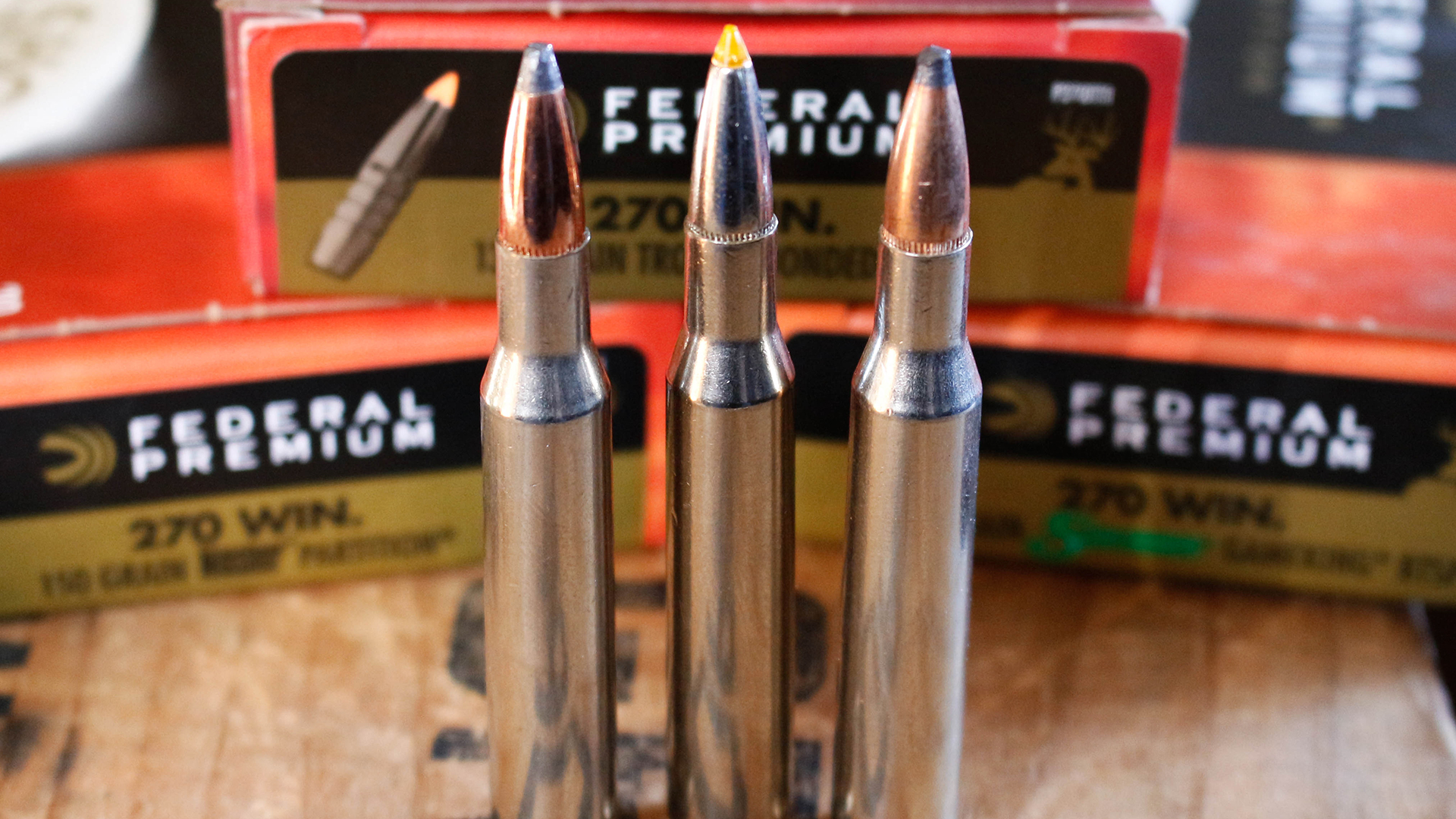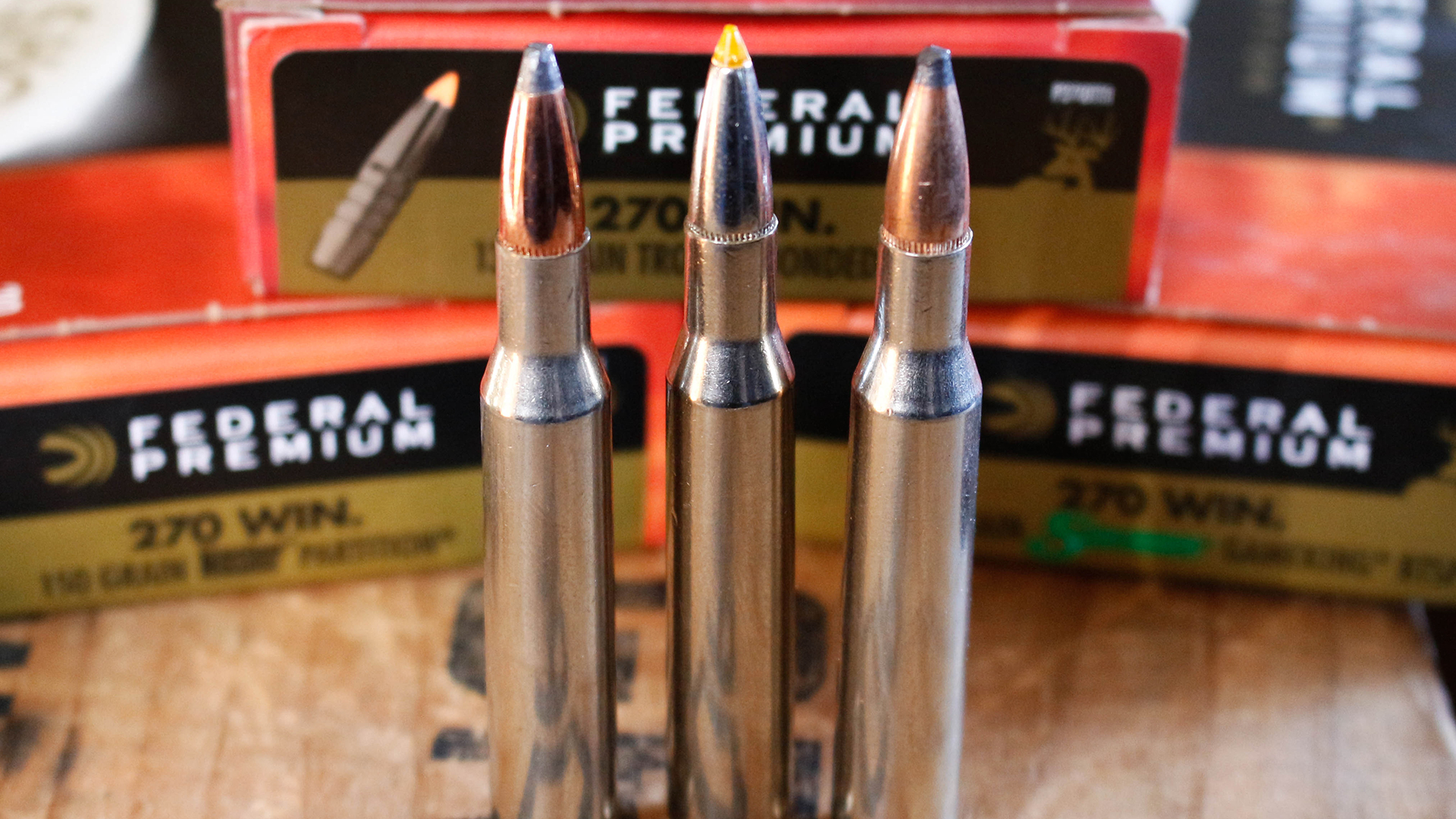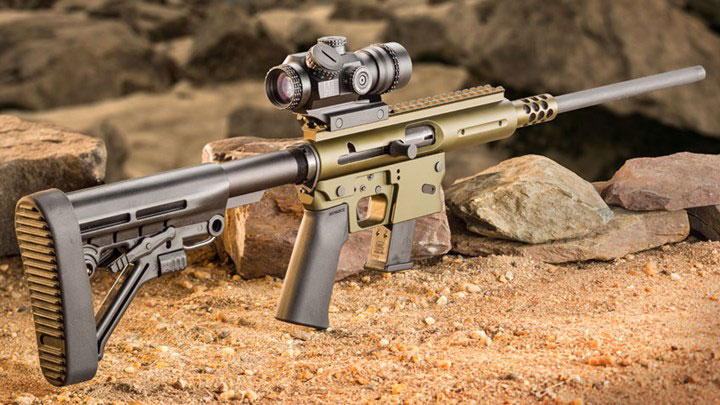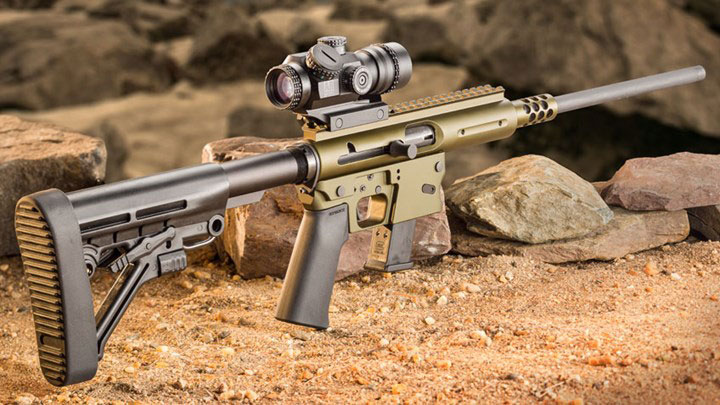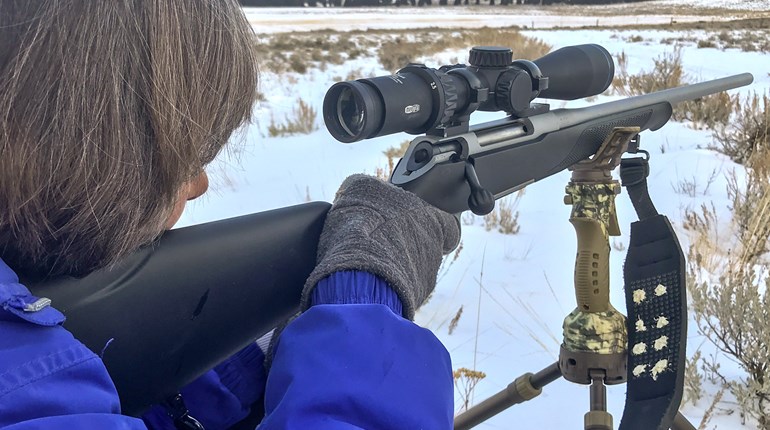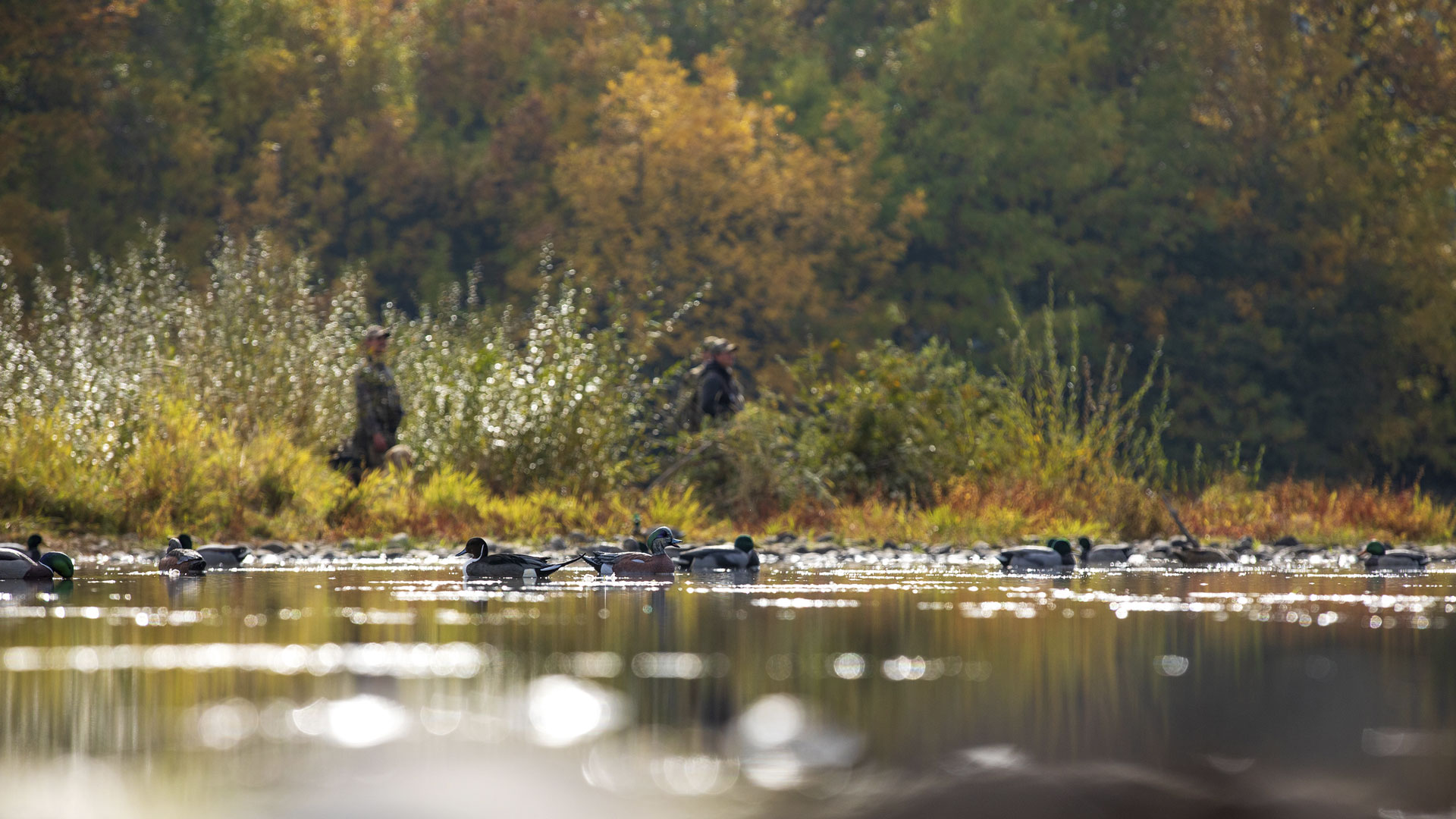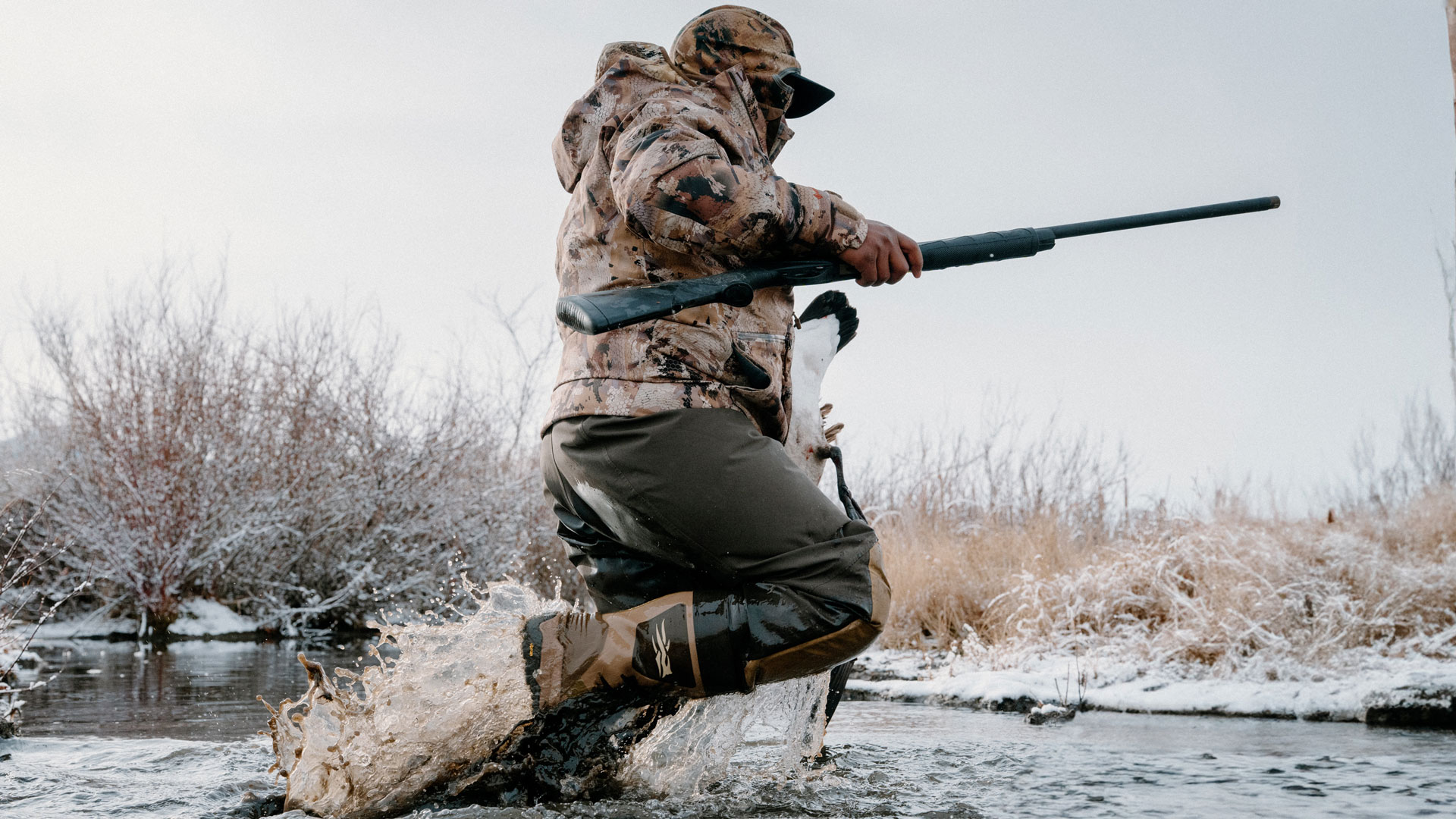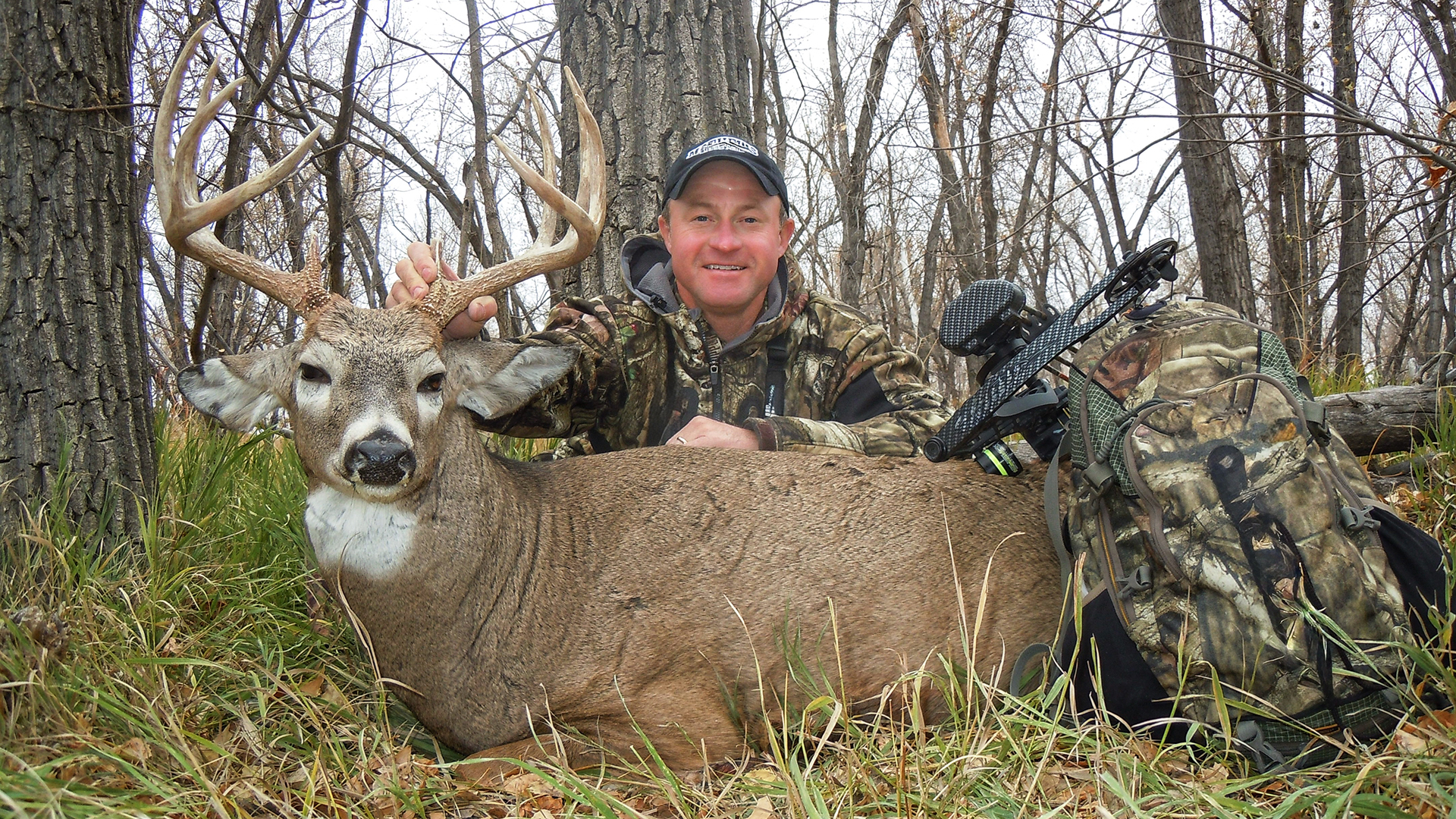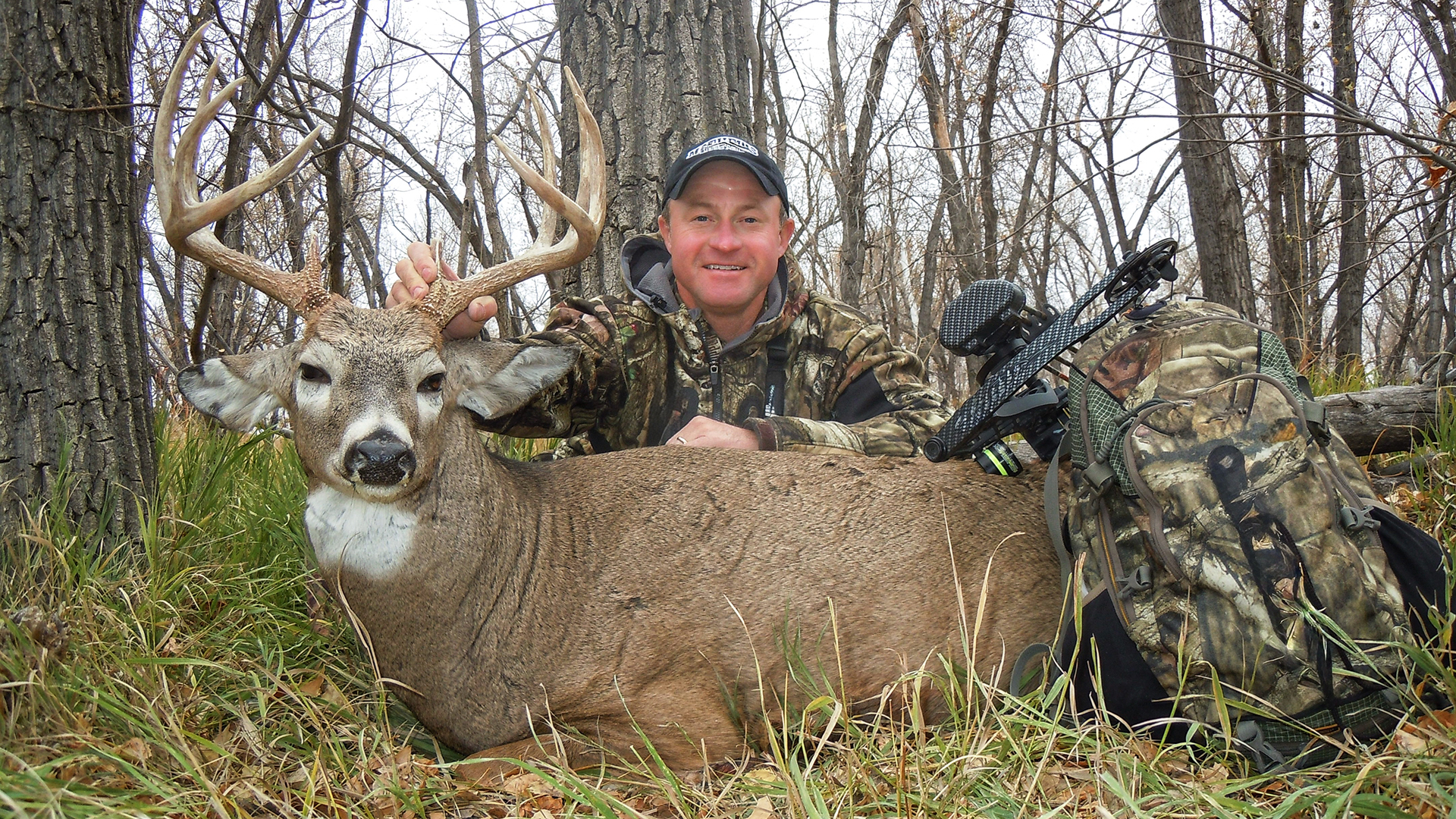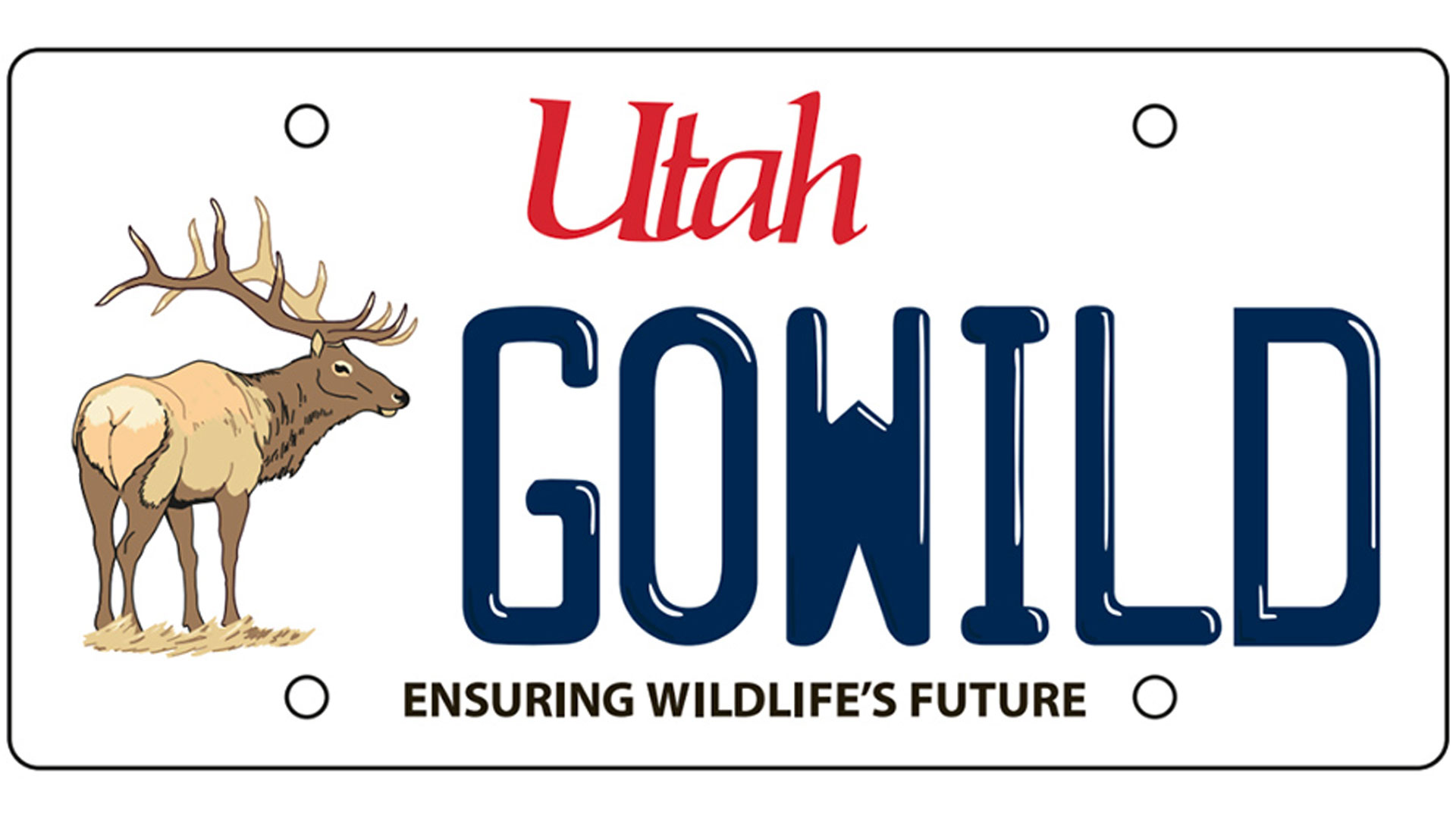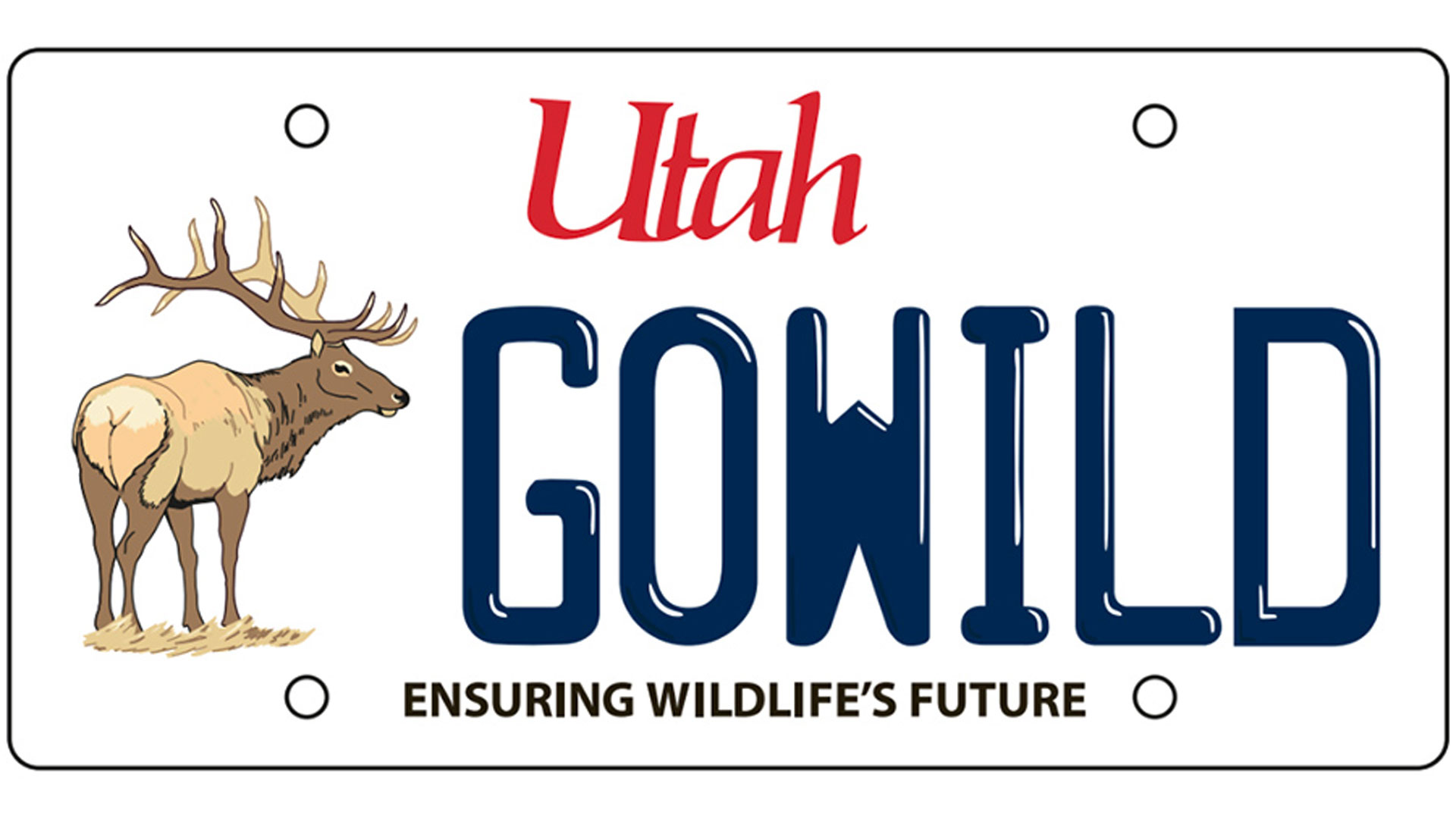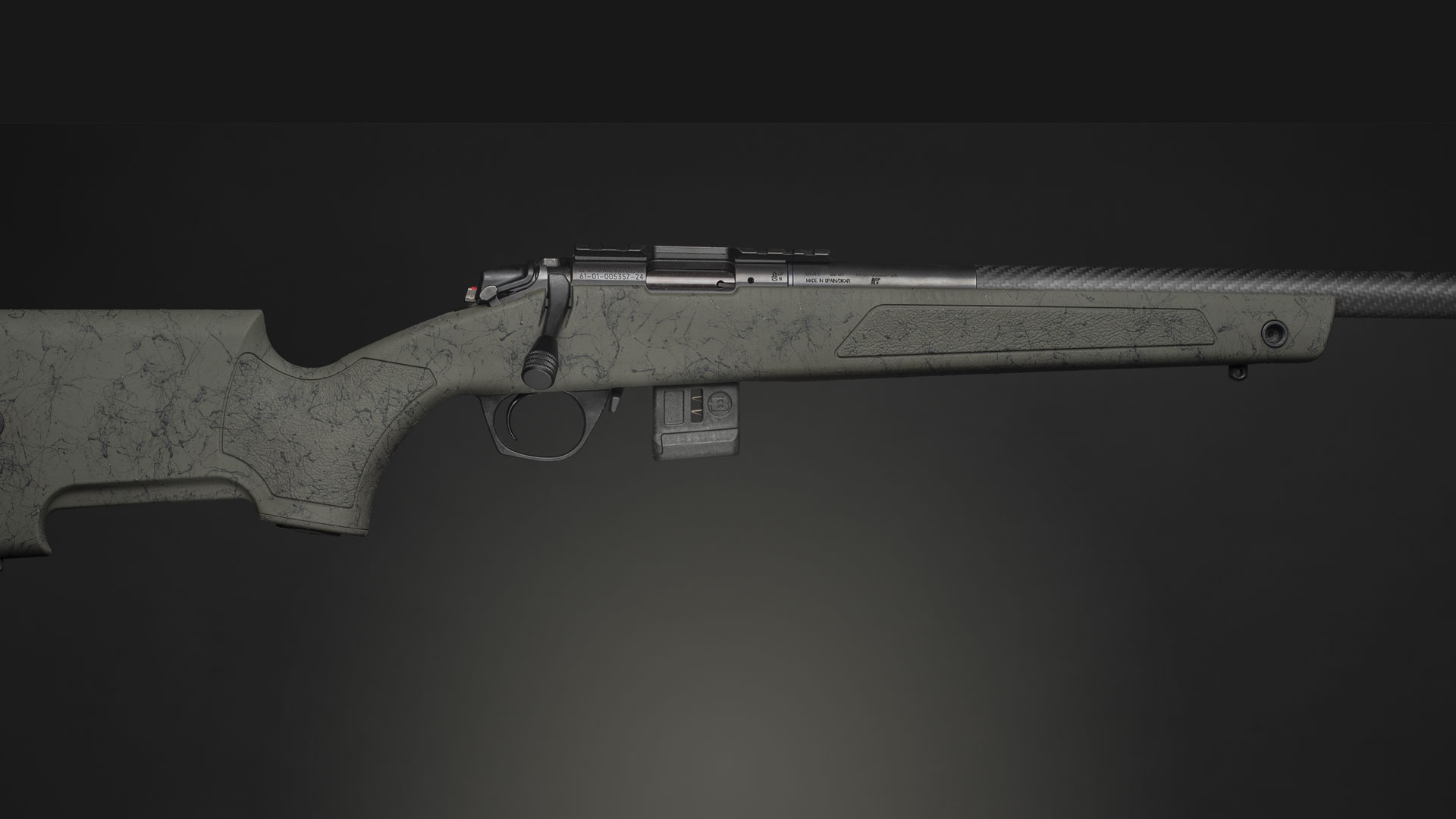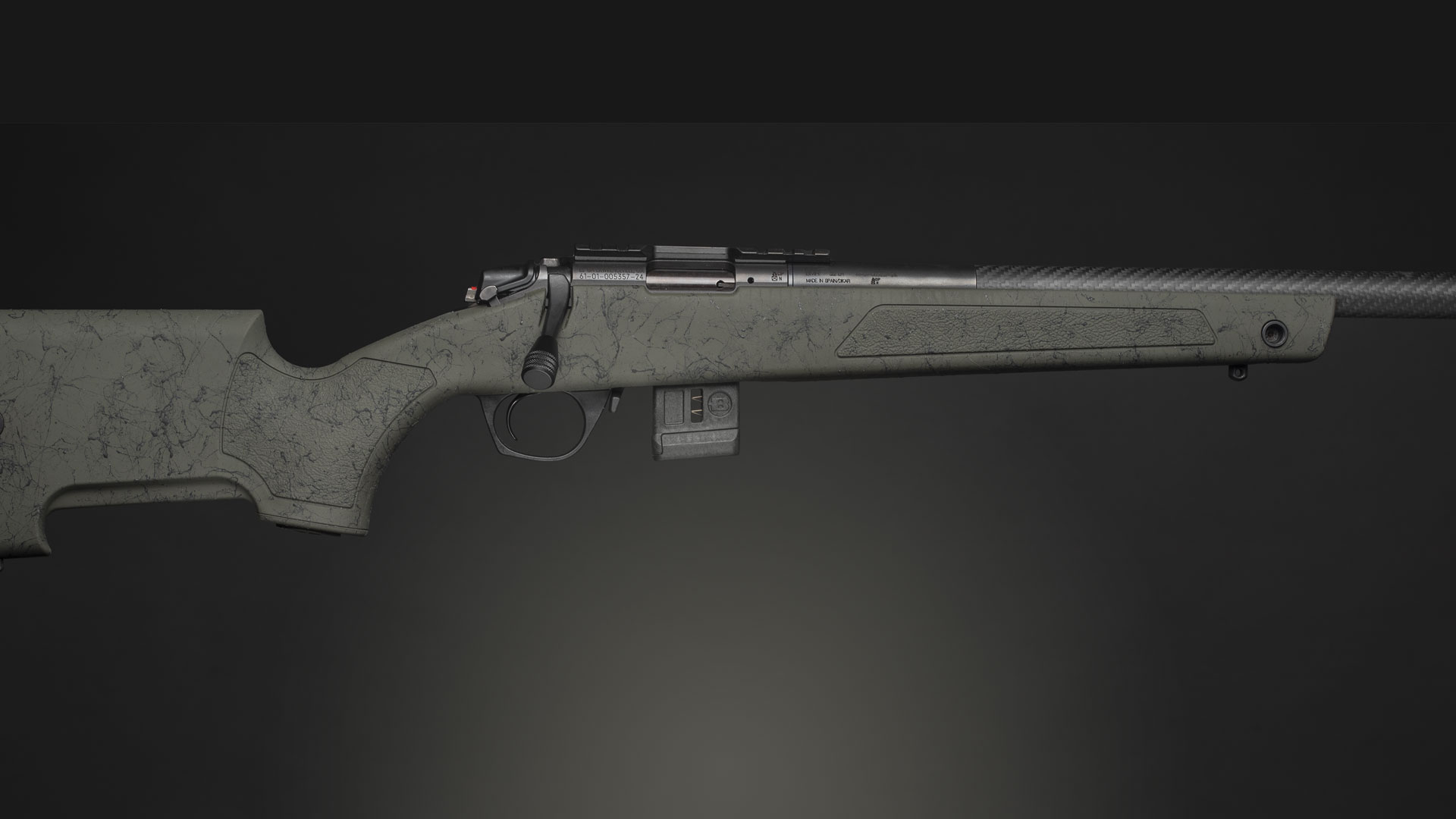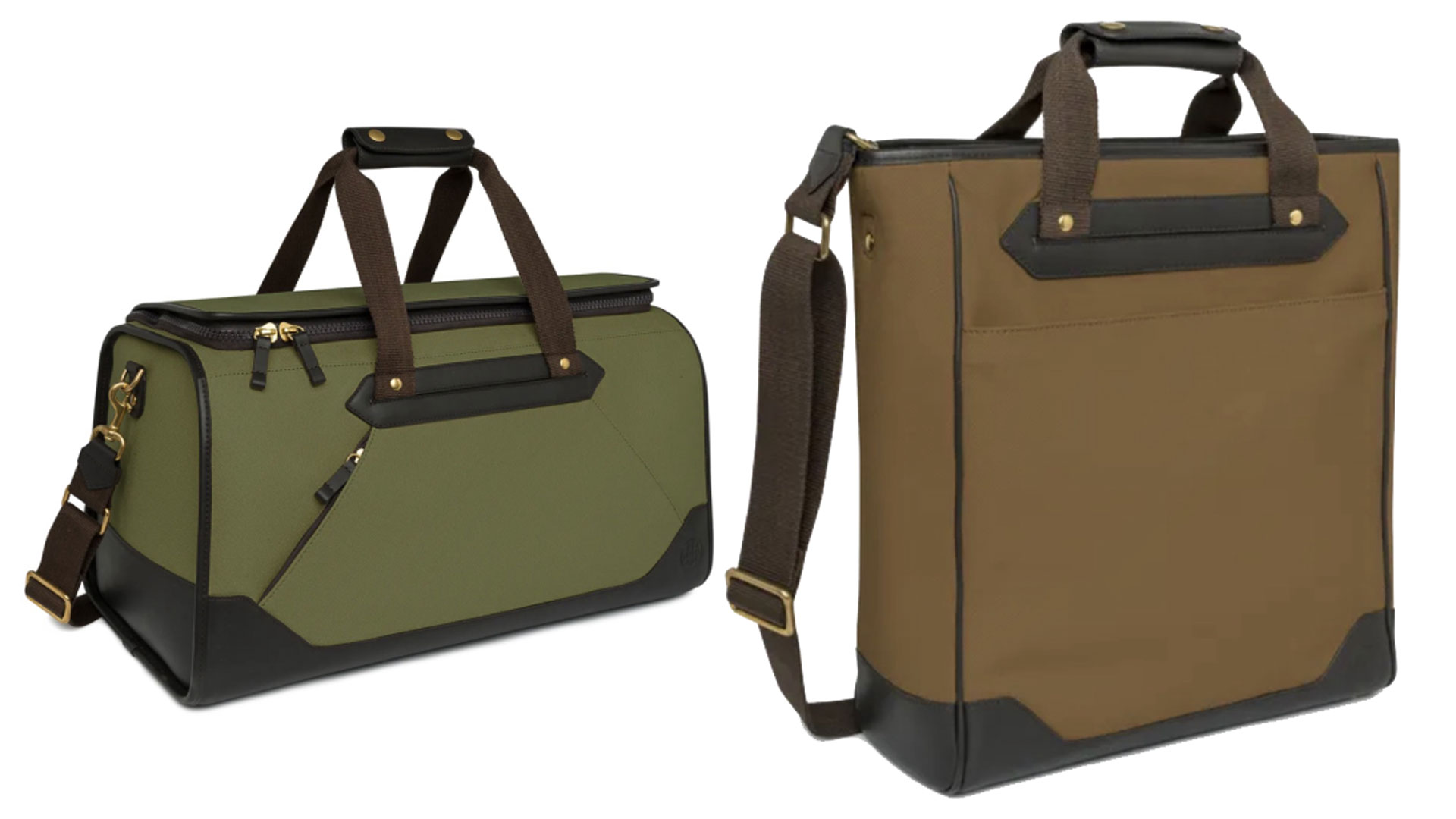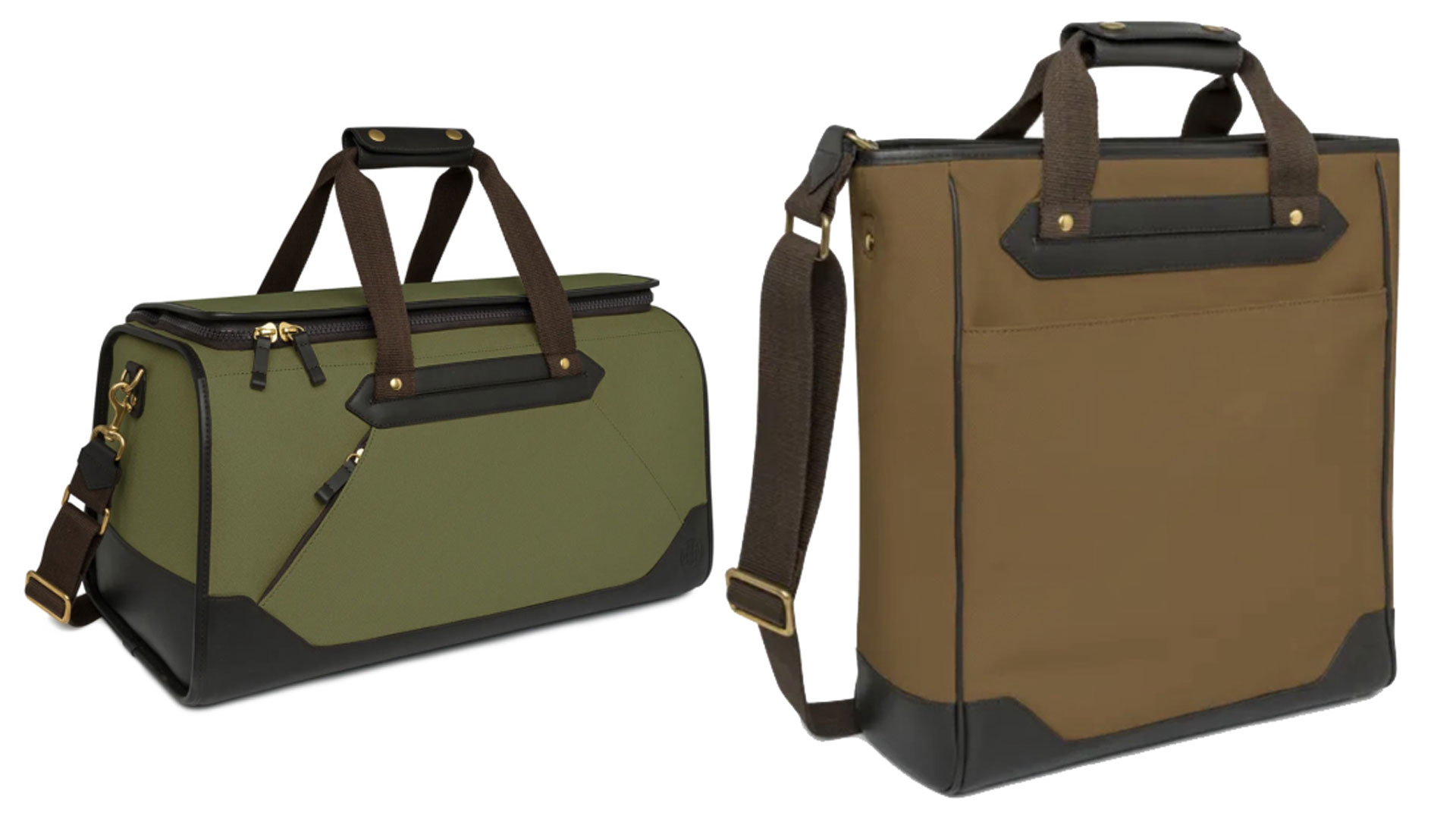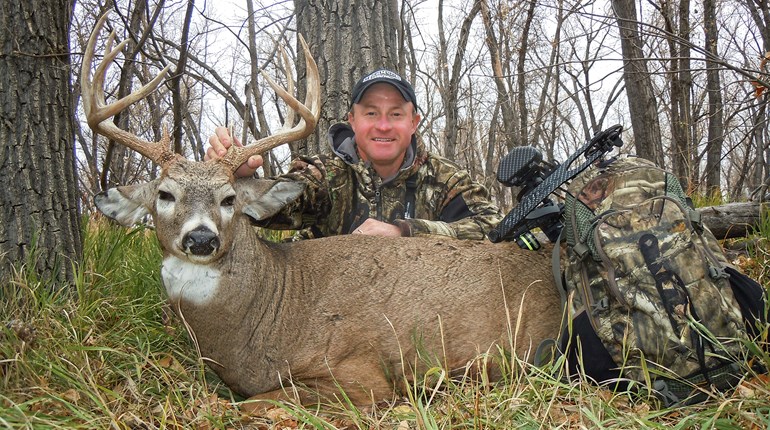
“Only accurate rifles are interesting.” So goes the quote from Col. Townsend Whelen, and he was right. The man had a huge influence on cartridge development; as the commanding officer of the Frankford Arsenal he teamed up with James Howe—later of Griffin & Howe fame—to use the .30-’06 case as the basis for cartridges of many different calibers. While there were many, including the massive .400 Whelen—it is the .35 Whelen that is most closely associated with the good Colonel. While there is good evidence that it was Howe, and not Whelen that actually designed the “.35-‘06”, Whelen’s name was attached to it, and the rest is history. While it was conceived in 1922, it would remain a wildcat until Remington—who seems to have a knack for legitimizing some of the best wildcats—gave it a certificate of legitimacy in 1988, in their Model 700 Classic rifle.
 Being simply the .30-’06 Springfield necked up to hold .358” caliber bullets, the .35 Whelen filled a huge void in the American cartridge lineup. In the 1920s, the magnum-length receivers—required to house the .375 H&H case—were very expensive to import, and if a hunter wanted to approach that level of performance, the .35 Whelen made all kinds of sense. It would perform better than the .30-’06 on the truly large game of North America, making it a perfectly logical choice for the wilds of Alaska and Western Canada. The .35 Whelen is fully capable of using the full range of .35 caliber bullets, including the big 250-grain slugs. In addition, the lighter bullets—the 180 and 200 grain slugs made famous in the .35 Remington—are equally useful for the lighter game species; couple that with the fact that the pistol bullets for the .38 Special and .357 Magnum are available for practice and plinking and you can get a good idea of the Whelen’s versatility.
Being simply the .30-’06 Springfield necked up to hold .358” caliber bullets, the .35 Whelen filled a huge void in the American cartridge lineup. In the 1920s, the magnum-length receivers—required to house the .375 H&H case—were very expensive to import, and if a hunter wanted to approach that level of performance, the .35 Whelen made all kinds of sense. It would perform better than the .30-’06 on the truly large game of North America, making it a perfectly logical choice for the wilds of Alaska and Western Canada. The .35 Whelen is fully capable of using the full range of .35 caliber bullets, including the big 250-grain slugs. In addition, the lighter bullets—the 180 and 200 grain slugs made famous in the .35 Remington—are equally useful for the lighter game species; couple that with the fact that the pistol bullets for the .38 Special and .357 Magnum are available for practice and plinking and you can get a good idea of the Whelen’s versatility.
The case itself is rather efficient; even the light-for-caliber bullet will run on a powder charge of less than 65 grains, and that powder charge mates perfectly with a standard large rifle primer. The 200-grain bullets will move at 2,800 fps from the muzzle, and the heavy 250-grain bullets will achieve an honest 2,450 fps, with an energy figure of over 3,200 ft.-lbs., perfect for the large bears and moose, in addition to any and all of the African plains game. In countries where the Whelen meets the legal requirements, it makes a good choice for lion and leopard, and is a fantastic cartridge for black bears anywhere you find them. I even like it for deer hunting in those areas that have a healthy bear population; while it’s a touch heavy for a universal deer rifle, it will most certainly work, and you’ll be well armed should you bump a bear in a most inconvenient location.
The Whelen is also an excellent cartridge for pig hunting on any continent. Tough gristle plates are no match for the Whelen’s stout bullets, especially when using some of the stronger, modern bullet designs. The .35 Whelen will neatly handle all of the North American ungulates, including moose and elk, and if trajectory is a concern, the 225-grain bonded-core spitzers will offer a good blend of terminal performance and flatter bullet path.
 When comparing the larger offspring of the .30-’06 Springfield—the .338-’06 A-Square and the .35 Whelen - you’ll see very similar bullet weights and muzzle velocities. There are those who prefer the higher Sectional Density figures of the .338” caliber, and then there are those who opt for the larger frontal diameter of the .358” bullets. In my experience, the recoil of the two cartridges is just about the same, or so close as not to make a difference.
When comparing the larger offspring of the .30-’06 Springfield—the .338-’06 A-Square and the .35 Whelen - you’ll see very similar bullet weights and muzzle velocities. There are those who prefer the higher Sectional Density figures of the .338” caliber, and then there are those who opt for the larger frontal diameter of the .358” bullets. In my experience, the recoil of the two cartridges is just about the same, or so close as not to make a difference.
There are a number of good reasons to own a Whelen. It offers a wider, heavier bullet than does the parent case, in an action and rifle that is of similar proportions. While there are a number of good factory loads available—including the Hornady Superformance, Federal Premium Trophy Bonded Bear Claw and Nosler Custom Partition—the reloader can fully take advantage of the premium and boutique bullets, even further extending the versatility of the Whelen case. In a pinch, .30-’06 Springfield brass can be converted into Whelen cartridges without much trouble at all.
The .35 Whelen is not the most popular of the .30-‘06s offspring, but it is a well-balanced .35 caliber cartridge; offering more velocity than the .35 Remington or .358 Winchester, yet much less recoil than the .358 Norma Magnum or .358 STA. The .350 Remington Magnum is just about the ballistic twin of the Whelen, but comes with case capacity issues, giving a definite advantage to the Whelen case. For the serious black bear hunter, I feel the Whelen would make a perfect choice, if you’re setting up a rifle for that purpose, and I’d bet you’d be reaching for that rifle more often than you think.
Looking for previous installments of Behind the Bullet? We've got you covered.
• .454 Casull
• .375 H&H Magnum
• .45 Colt
• .22-250 Remington
• 10mm Auto
• .308 Winchester


